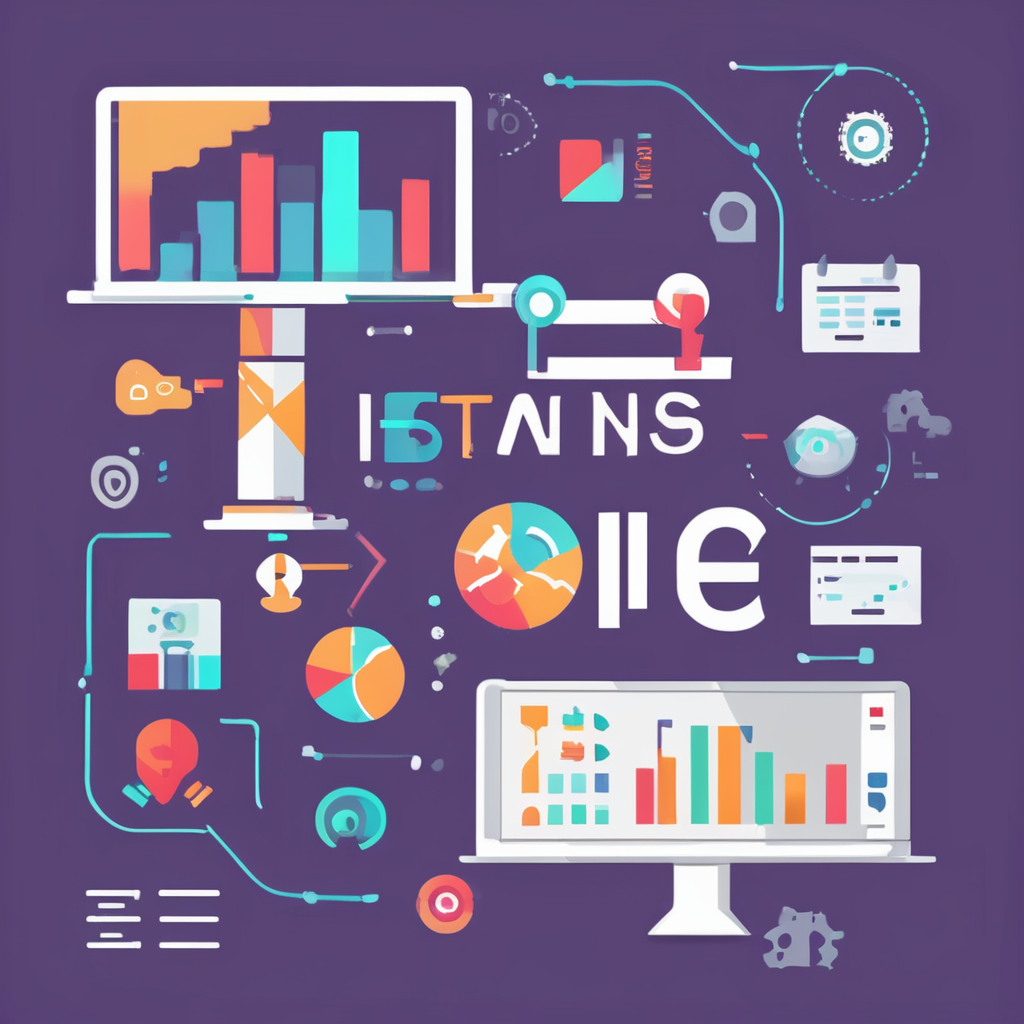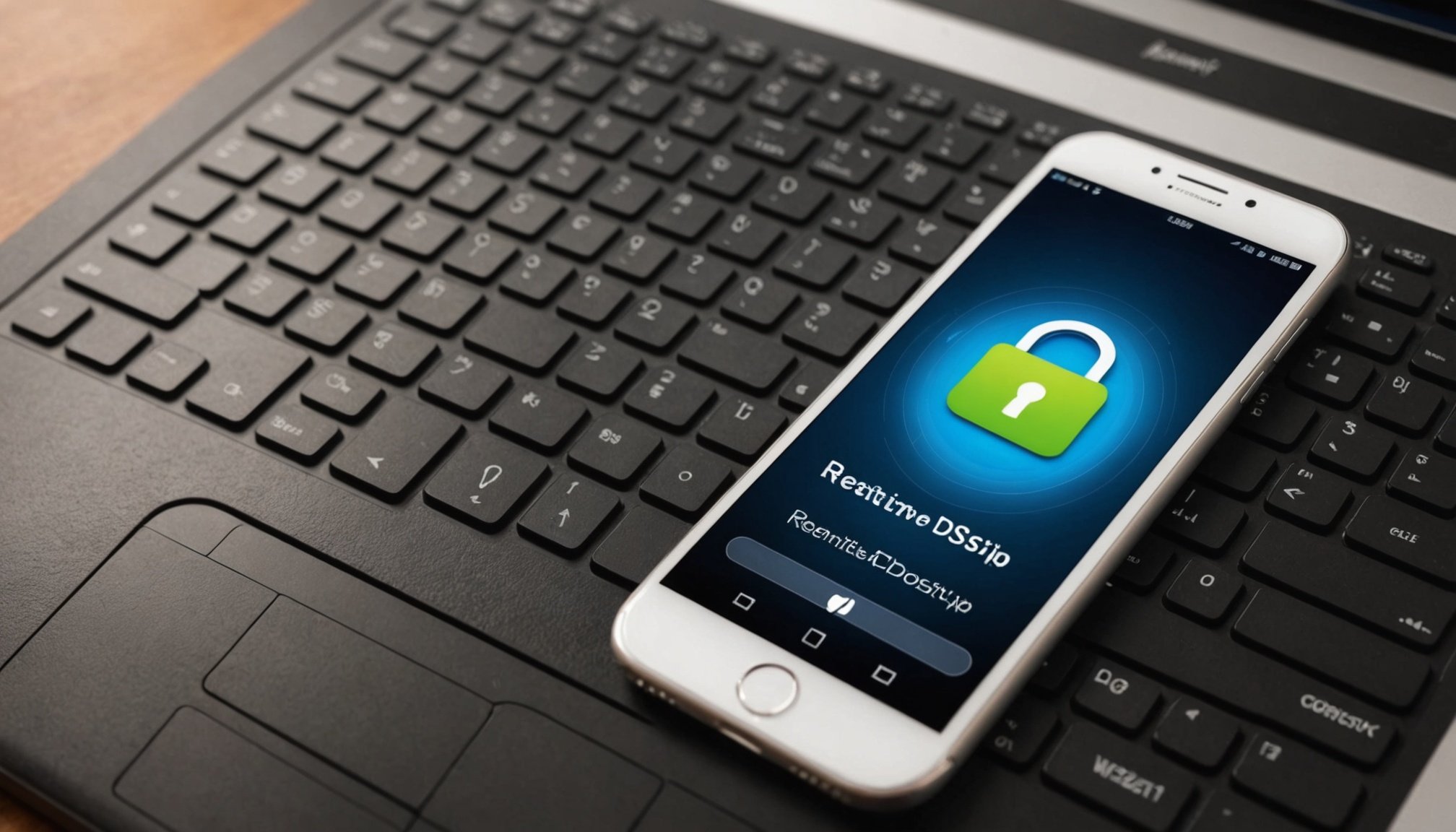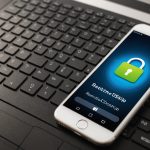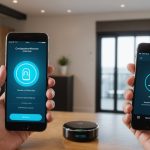Unlocking your smartphone for remote desktop access can enhance productivity and flexibility, but it requires the right techniques. Various strategies enable secure connections, making it easier to interact with your desktop from anywhere. Whether you need to access files, run applications, or troubleshoot issues, mastering these techniques will significantly improve your workflow. Discover how to optimize your smartphone for seamless remote desktop access, ensuring you stay connected and efficient, no matter where you are.
Overview of Remote Desktop Access for Smartphones
Remote Desktop Access is a technology that allows users to control and view their smartphone's screen from another device, such as a computer or tablet. This capability is particularly useful for managing files, troubleshooting issues, or accessing applications without physically handling the smartphone. By leveraging smartphone unlocking techniques, users can ensure secure access to their devices remotely.
Additional reading : Mastering Smart Home Pet Care: The Ultimate Guide to Smartphone Control
The benefits of remote desktop access are numerous. It enables seamless multitasking, allowing users to respond to messages or emails while working on a computer. Additionally, it provides a convenient way to assist others with technical support, as one can remotely navigate and solve issues on the smartphone. This technology also supports business professionals who need to access work-related applications and data on the go.
Common use cases include accessing a smartphone to retrieve important documents, manage app settings, or perform software updates. However, not all smartphones support remote desktop access. Compatibility depends on the operating system and specific smartphone unlocking techniques employed. Generally, devices running recent versions of Android or iOS are more likely to support this feature, often requiring the installation of specific applications or software to facilitate the connection.
This might interest you : Unlocking the Potential: Top Strategies for Transforming Your Smartphone into a Smart Home Hub
Preparing Your Smartphone for Remote Access
To enable remote access configuration on your smartphone, it's crucial to understand the smartphone setup process across different operating systems. First, ensure that your device is running on the latest software version. Regular software updates and security patches are essential to protect your device from vulnerabilities and ensure compatibility with remote access applications.
On Android devices, navigate to the "Settings" menu, then select "Security" or "Biometrics and Security" to enable remote access. For iOS users, access the "Settings" app, choose "Face ID & Passcode" or "Touch ID & Passcode," and adjust your settings accordingly. These steps will help in configuring your smartphone for seamless remote access.
Setting up user accounts and permissions is another vital aspect of the smartphone setup process. Create a dedicated user account for remote access, ensuring that it has the necessary permissions to manage files and applications. This approach not only enhances security but also streamlines the remote access experience.
Remember, the success of your remote access configuration heavily relies on the proper setup of these elements. By following these guidelines, you can effectively prepare your smartphone for remote access, making it easier to manage and control your device from afar.
Best Apps for Remote Access
Choosing the right Remote Access Apps can significantly enhance your ability to manage and control your smartphone from afar. Popular options like TeamViewer and AnyDesk stand out for their robust features and ease of use. These apps allow users to connect to their smartphones securely and efficiently, providing seamless smartphone control software experiences.
Comparative Analysis
TeamViewer is renowned for its comprehensive feature set, including file transfer, screen sharing, and remote printing. It supports a wide range of devices and operating systems, making it a versatile choice for both personal and professional use. On the other hand, AnyDesk offers a lightweight alternative with a focus on speed and low latency, ideal for users who prioritize quick connections and minimal resource consumption.
Recommendations
For personal use, where simplicity and ease of setup are key, AnyDesk may be the preferred option. Its user-friendly interface and quick installation process make it accessible for beginners. Conversely, professionals requiring advanced features and extensive compatibility might find TeamViewer more suitable. Its comprehensive suite of tools supports complex tasks, ensuring efficient remote management of smartphones in a business environment.
Security Considerations for Remote Access
When it comes to Remote Access Security, ensuring the protection of your smartphone is paramount. Securing remote access connections involves several best practices that safeguard your device and sensitive information from potential threats.
Start by focusing on robust password management. Utilize strong, unique passwords for all accounts associated with remote access. Consider employing a password manager to generate and store complex passwords securely. Additionally, enable two-factor authentication (2FA) wherever possible. This extra layer of security requires a second form of verification, reducing the risk of unauthorized access.
Maintaining privacy and data integrity during remote sessions is critical. Always use a secure, encrypted connection, such as a Virtual Private Network (VPN), to protect data transmitted between devices. This encryption ensures that even if data is intercepted, it remains unreadable to unauthorized parties.
Here are some smartphone protection tips:
- Regularly update your device's software to patch security vulnerabilities.
- Avoid using public Wi-Fi for remote access, as these networks are often less secure.
- Monitor remote access logs to detect any suspicious activity.
By implementing these strategies, you can enhance the security of your remote access sessions, ensuring your smartphone and data remain protected.
Step-by-Step Instructions for Remote Access
Understanding the Remote Access Guide for smartphones involves knowing the right steps to configure your device effectively. Here's how to proceed with popular apps and built-in features.
Setting Up TeamViewer
To start with TeamViewer, download and install the app on both your smartphone and the device you wish to use for access. Open the app on your smartphone and note the unique ID displayed. On your computer, enter this ID in the TeamViewer application to establish a connection. Ensure both devices are connected to the internet for seamless functionality. A common pitfall is forgetting to grant necessary permissions on your smartphone, which can hinder the connection.
Configuring AnyDesk
For AnyDesk, the process is similar. Install the app on all devices involved. Launch AnyDesk on your smartphone to obtain your AnyDesk address. Enter this address on the controlling device. Remember to review and adjust security settings to prevent unauthorized access.
Using Built-in Remote Access Features
Some smartphones come with built-in remote access features. For Android, navigate to "Settings" and enable "Remote Control" under the security tab. iOS users can use "Screen Sharing" through FaceTime. Always ensure your device is unlocked and permissions are configured to avoid connectivity issues.
Troubleshooting Common Issues
When engaging in Remote Access Troubleshooting, it's crucial to identify and resolve connection issues swiftly. Start by checking the internet connection on both devices. A stable and fast connection is vital for seamless remote sessions. If the connection is unstable, try restarting your router or switching to a different network.
Performance problems during remote sessions can be frustrating. If you experience lag or delays, consider reducing the screen resolution or closing unnecessary applications running in the background. These steps can free up resources and improve performance.
For effective technical support, ensure that the remote access software is updated to the latest version. Updates often include bug fixes and performance improvements. Additionally, verify that all necessary permissions are granted on your smartphone, as missing permissions can impede functionality.
If issues persist, consult the help section of your remote access application. Many apps provide detailed troubleshooting guides and community forums where users share solutions. Remember, effective troubleshooting often involves a process of elimination, so be patient and methodical in your approach. This ensures you address the root of the problem, enhancing your remote access experience.
Comparing Different Remote Access Methods
Choosing the right method for remote access can significantly impact your experience. Let's delve into a remote access comparison between apps and built-in features, highlighting their method effectiveness.
Remote Access via Apps
Apps like TeamViewer and AnyDesk are popular for their versatility and ease of use. They offer features such as file transfer and screen sharing, making them suitable for both personal and professional environments. However, these apps may require additional setup and can consume more system resources, potentially affecting performance on older devices.
Built-in Features
Built-in remote access features are often more streamlined, as they are designed to integrate seamlessly with your smartphone's operating system. For instance, Android's "Remote Control" and iOS's "Screen Sharing" offer straightforward solutions without needing third-party apps. Yet, these features might lack the advanced tools found in dedicated apps, limiting their functionality for complex tasks.
Pros and Cons
- Apps: Versatile and feature-rich but may require more resources.
- Built-in Features: Seamless integration with limited advanced tools.
User Testimonials
Users often praise apps for their comprehensive capabilities, while others appreciate the simplicity of built-in features. Ultimately, the choice depends on your specific needs and device capabilities.
Advanced Techniques for Power Users
For those seeking to maximize Advanced Remote Access, diving into Expert Techniques can significantly enhance your experience. By utilizing scripts and automation, power users can streamline repetitive tasks, saving time and effort. For instance, scripts can automate file transfers or initiate specific applications upon connection, ensuring a more efficient workflow.
Exploring advanced settings is crucial for optimized performance. Adjust settings such as bandwidth usage and display resolution to suit your needs. This not only improves connection stability but also ensures smoother remote sessions, particularly when handling resource-intensive tasks. Many remote access applications offer customizable options to fine-tune your experience, so take advantage of these to tailor the system to your preferences.
Integrating remote access with other tools, such as cloud services, can further elevate your capabilities. By linking your remote access setup with platforms like Google Drive or Dropbox, you can seamlessly access and manage files across devices. This integration allows for a cohesive ecosystem, where data is readily available, and collaboration is simplified.
- Scripts and automation for efficiency
- Advanced settings for performance
- Integration with cloud services for seamless access
These techniques empower users to leverage remote access more effectively, enhancing productivity and user experience.
User Experiences and Reviews
Understanding User Reviews provides valuable insights into the effectiveness of remote access applications. Users frequently express satisfaction with the ease of use and functionality offered by apps like TeamViewer and AnyDesk. Many highlight the seamless connection and intuitive interfaces as standout features, making these apps accessible even for those with limited technical expertise.
Remote Access Feedback often emphasizes the reliability of these tools in maintaining stable connections across various devices. Users appreciate the ability to multitask efficiently, managing files and applications remotely without significant delays. This is particularly beneficial for professionals who require dependable access to work-related data on the go.
However, some reviews mention challenges with resource consumption, especially on older devices. Users note that while the apps offer robust features, they can occasionally slow down system performance. Despite this, the overall feedback remains positive, with many praising the apps' comprehensive feature sets.
Standout features frequently mentioned in reviews include:
- File transfer capabilities that streamline data management
- Screen sharing options that facilitate collaboration
- Security measures like encryption, ensuring data protection
These insights underscore the importance of choosing the right app based on individual needs and device capabilities, ensuring a satisfying remote access experience.
Future Trends in Remote Access Technology
The Future of Remote Access is being shaped by emerging technology trends such as Artificial Intelligence (AI) and 5G connectivity. These advancements are poised to redefine how we interact with our smartphones remotely, offering more efficient and seamless experiences.
Emerging Technologies
AI is set to enhance remote access by enabling smarter and more intuitive interactions. With AI, remote access applications can learn user behaviours, predict needs, and automate routine tasks, making the process more efficient. For instance, AI can optimise resource allocation during remote sessions, ensuring smoother performance.
5G technology is another game-changer, promising ultra-fast data transfer speeds and low latency. This will significantly improve the quality of remote access, allowing for real-time interactions without lag. The high bandwidth of 5G will support more complex tasks, such as streaming high-definition content or running resource-intensive applications remotely.
Predictions and Importance
As these technologies evolve, the future of remote access will likely see increased integration with other smart devices, creating a more interconnected ecosystem. Staying updated with these trends is crucial for leveraging new tools and techniques effectively. Adapting to these advancements ensures users can exploit the full potential of remote access, enhancing productivity and user satisfaction.











